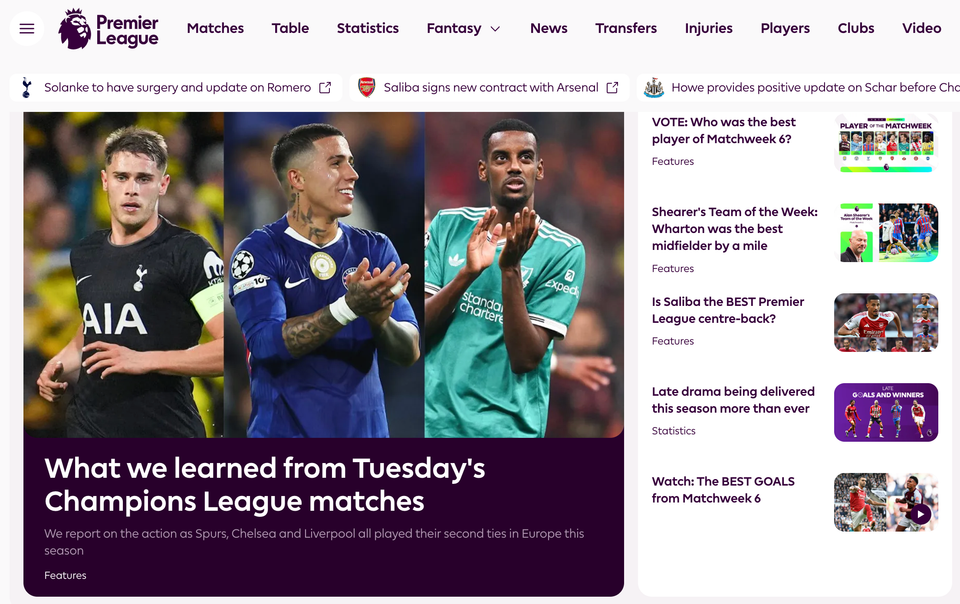1.2 billion handsets sold in 2009, Nokia & Symbian still top
Gartner released their market research on worldwide smartphone sales today. Needless to say Nokia, is still the runaway market leader with a whopping 441 million devices sold, garnering a respectable 36.4%. But that’s down 2 percentage points over 2008. Samsung came next with 236 million devices sold, followed by LG (122m), Motorola (58m), Sony (55m) and then the rest (299m).

Theoretically Nokia could spend the next year in bed and still be the dominant player this time next year. The reality of course is that the company is focused on it’s mid-tier portfolio, as the Garnter analyst, Ms Milanesi, points out:
“Nokia will face a tough first half of 2010 as improvement to Symbian and new products based on the Meego platform will not reach the market well before the second half of 2010,” said Ms Milanesi. “Its very strong mid-tier portfolio will help it hold market share, but its ongoing weakness at the high end of the portfolio will hurt its share of market value.”
The developing markets are still going to be buying bucketloads of Nokia handsets, so Nokia’s top chaps are still going to get their bonuses. For us here in the West, though, hoping to once again actually obsess over new high-end Nokia devices, well… it’s going to be quite a long wait.
As for Symbian, well, they’re still comfortably occupying the top spot in the ever mysterious ‘smartphone’ category with 80.8 million units sold this year against RIM’s 34m and iPhones 24m. Of course we’ve seen a decline — Symbian owned 52.4% of the Smartphone market in 2008 against 46.9% in 2009. Android — ever the poster boy of the ‘open’ platforms (which isn’t really very open at all), is languishing at almost 7m devices. Still good, but quite a way to go yet.
If you sit and look at this table, you have to wonder why developers are even bothering with iPhone, Android — and especially Palm:

If you add up iPhone, Android and Palm Smartphone sales in 2009, the total comes to just under 33 million devices. Symbian shipped more than double that. The challenges for developing on the Nokia/Symbian platform are well documented — but the moment Qt becomes a realistic, usable choice for developers (and that moment is coming) — it’s going to be very interesting to see how Symbian users will react to easily consumable mobile applications and services.
Qt, if you haven’t come across it yet, is an all new write-once run-anywhere (well, any supported device) developer environment for Symbian, MeeGo and a whole host of other devices. We’ve got some videos of this coming shortly and whilst it isn’t necessarily going to be all that useful for the current addressable Symbian/Nokia market, the next generation are looking to be phenomenally accessible.
If you’re a mobile developer — or you work in that area, definitely take a look at the videos we’re publishing shortly. I strongly recommend keeping one eye on Symbian and MeeGo whilst your efforts are elsewhere.
What does Lee Williams, Executive Director of Symbian make of the Gartner news?
Here’s a quote I got into my inbox this afternoon:
“We certainly welcome Gartner’s predictions around the renewed vitality of the mobile device market. Earlier this month, we not only announced the latest version of the Symbian platform, Symbian^3, but also that the source code for our platform is now fully open source. The latter announcement represents ten years of investment and billions of dollars worth of code – all of which is now available for download and development by the developer community, for free.
This will foster even greater creativity and innovation in the mobile industry, as now any individual or organisation can take, use and modify the code for any purpose. We look forward to keeping apace with Gartner’s prediction for double digit growth for the mobile industry in 2010.â€Â



